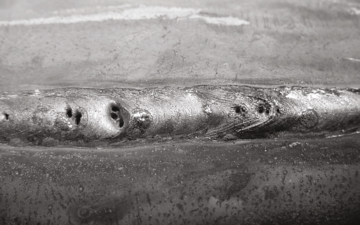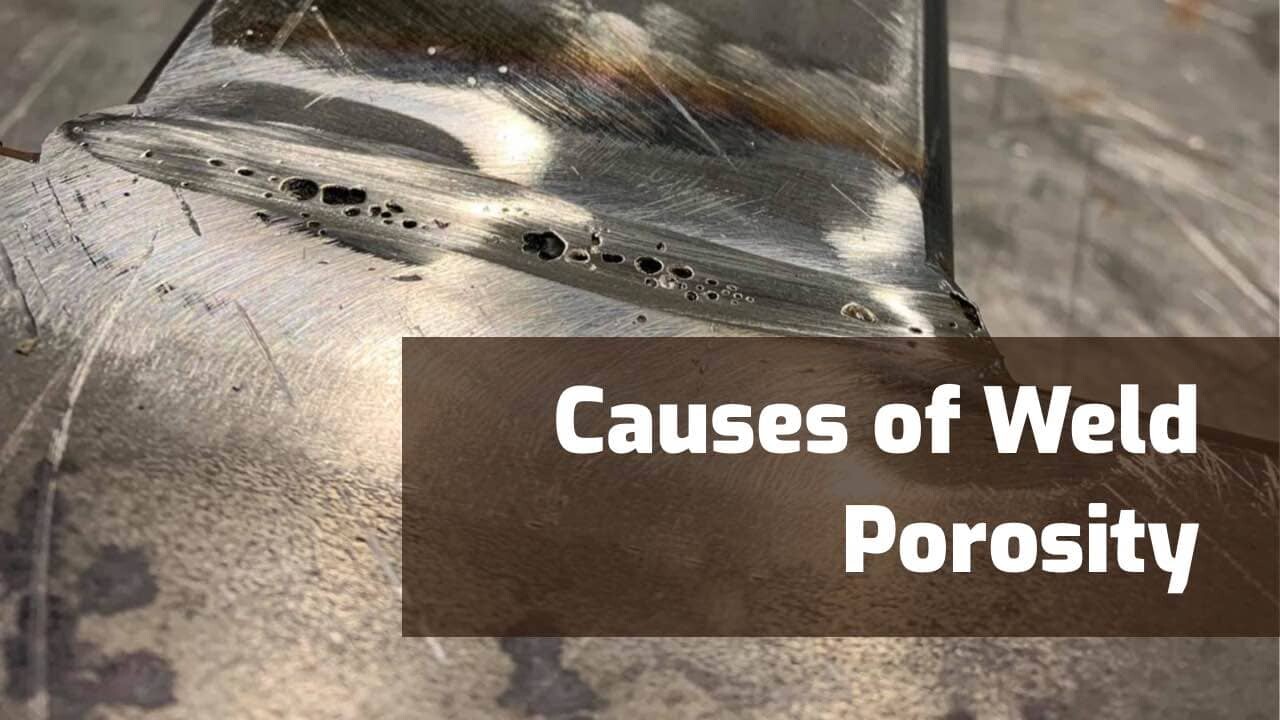Recognizing Porosity in Welding: Checking Out Reasons, Effects, and Avoidance Strategies
As specialists in the welding sector are well mindful, comprehending the reasons, results, and avoidance strategies associated to porosity is crucial for achieving robust and dependable welds. By diving into the origin triggers of porosity, analyzing its damaging results on weld top quality, and exploring effective prevention techniques, welders can improve their understanding and skills to produce premium welds continually.
Typical Sources Of Porosity
Contamination, in the kind of dirt, oil, or corrosion on the welding surface area, produces gas pockets when heated up, leading to porosity in the weld. Incorrect securing happens when the protecting gas, typically used in processes like MIG and TIG welding, is unable to completely safeguard the molten weld pool from responding with the bordering air, resulting in gas entrapment and subsequent porosity. Furthermore, poor gas protection, commonly due to inaccurate circulation rates or nozzle positioning, can leave components of the weld unguarded, allowing porosity to develop.
Impacts on Weld Quality
The visibility of porosity in a weld can dramatically compromise the overall high quality and stability of the bonded joint. Porosity within a weld develops spaces or tooth cavities that deteriorate the framework, making it extra susceptible to breaking, rust, and mechanical failure. These spaces function as stress and anxiety concentrators, reducing the load-bearing capability of the weld and increasing the probability of early failing under used anxiety. In addition, porosity can likewise function as potential sites for hydrogen entrapment, more exacerbating the destruction of the weld's mechanical buildings.
In addition, porosity can prevent the efficiency of non-destructive testing (NDT) methods, making it challenging to detect various other issues or discontinuities within the weld. This can lead to substantial safety and security worries, especially in vital applications where the architectural stability of the welded parts is extremely important.

Avoidance Techniques Overview
Offered the damaging influence of porosity on weld quality, effective prevention strategies are vital to preserving the architectural stability of welded joints. Among the main avoidance methods is extensive cleaning of the base products prior to welding. Pollutants such as oil, grease, corrosion, and moisture can add to porosity, so guaranteeing a tidy work surface area is vital. Proper storage space of welding consumables in dry problems is additionally crucial to avoid wetness absorption, which can bring about gas entrapment during welding. Additionally, picking the appropriate welding criteria, such as voltage, present, and take a trip speed, can assist lessen the risk of porosity formation. Making certain sufficient securing gas flow and protection is an additional vital avoidance technique, as inadequate gas insurance coverage can result in atmospheric contamination and porosity. Appropriate welder training and accreditation are important for executing precautionary procedures successfully and regularly. By incorporating these avoidance strategies into welding practices, the incident of porosity can be substantially lowered, leading to more powerful and extra reliable welded joints.
Importance of Proper Protecting
Appropriate protecting in pop over to this web-site welding plays Visit This Link a vital function in avoiding climatic contamination and making certain the stability of welded joints. Securing gases, such as argon, helium, or a combination of both, are frequently utilized to protect the weld swimming pool from reacting with elements in the air like oxygen and nitrogen. When these reactive components come into contact with the warm weld pool, they can create porosity, causing weak welds with decreased mechanical residential properties.

Insufficient protecting can result in various problems like porosity, spatter, and oxidation, compromising the architectural integrity of the bonded joint. Adhering to proper securing techniques is important to generate high-quality welds with very little flaws and make certain the longevity and dependability of the bonded parts.
Monitoring and Control Methods
How can welders effectively monitor and regulate the welding procedure to make sure ideal results and avoid problems like porosity? By continuously monitoring these variables, welders over here can identify inconsistencies from the excellent conditions and make prompt modifications to stop porosity formation.

Additionally, applying correct training programs for welders is necessary for keeping track of and controlling the welding procedure successfully. What is Porosity. Informing welders on the importance of keeping consistent specifications, such as proper gas shielding and take a trip speed, can help avoid porosity concerns. Regular evaluations and certifications can likewise guarantee that welders excel in surveillance and regulating welding processes
Furthermore, making use of automated welding systems can enhance surveillance and control abilities. These systems can specifically manage welding criteria, decreasing the chance of human error and guaranteeing consistent weld high quality. By integrating sophisticated surveillance innovations, training programs, and automated systems, welders can properly monitor and manage the welding procedure to reduce porosity issues and accomplish top quality welds.
Final Thought
